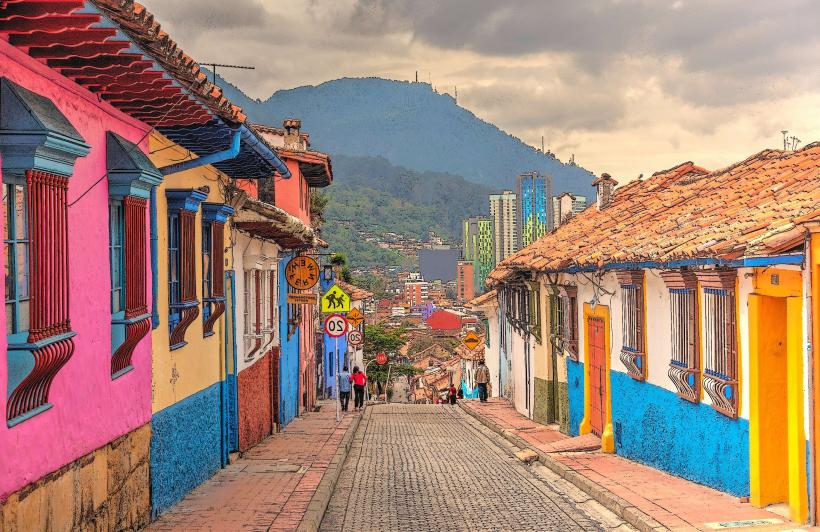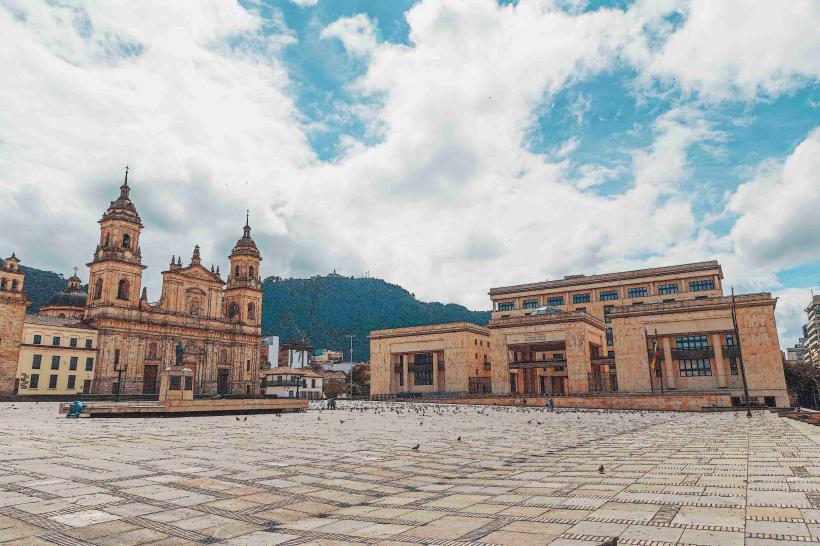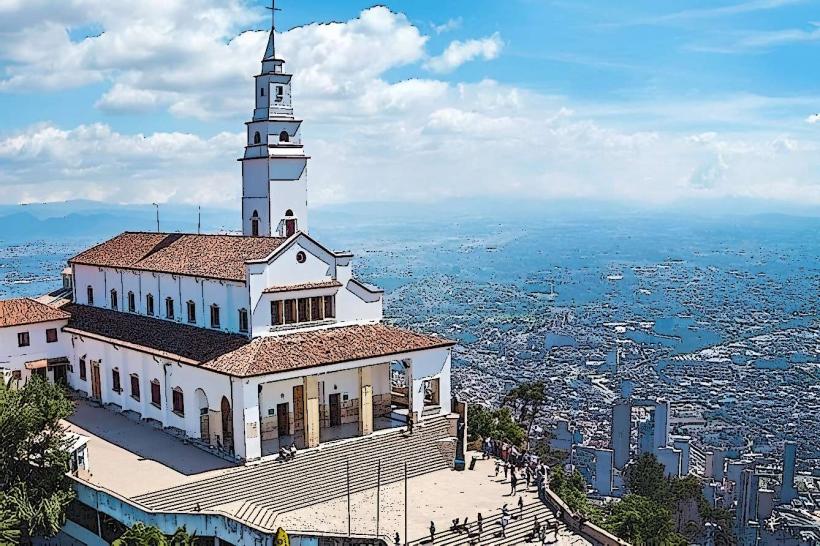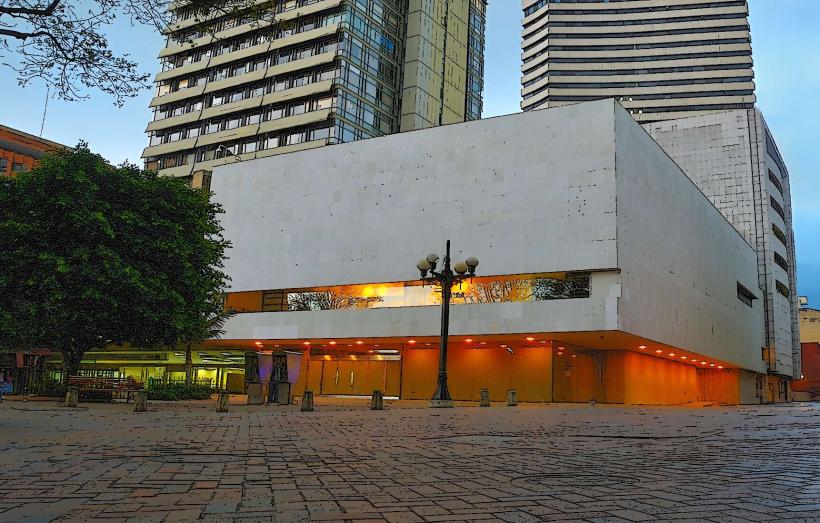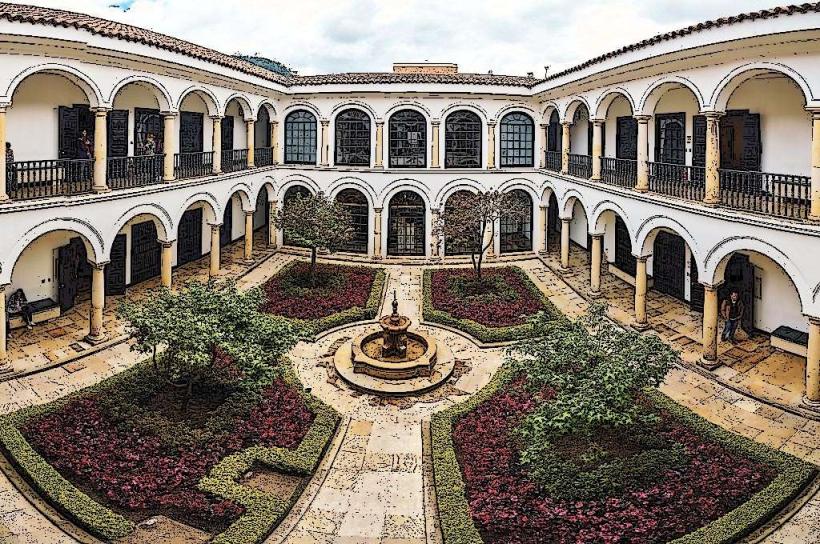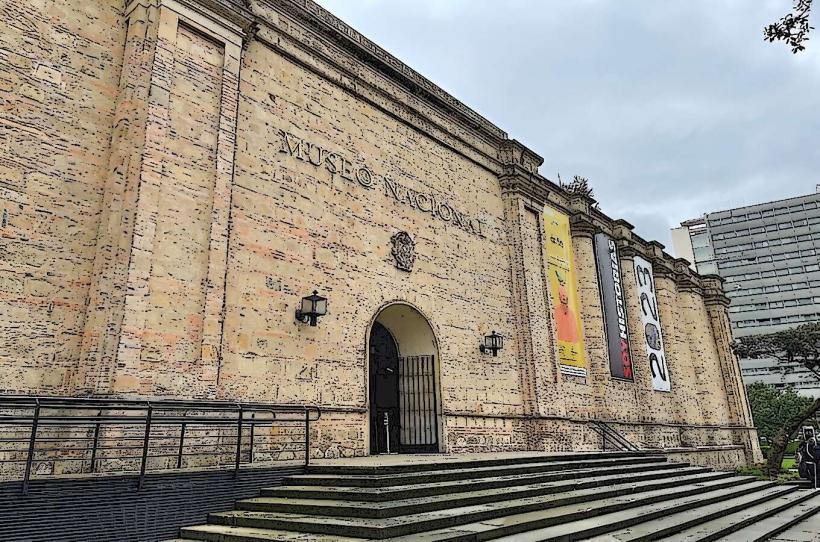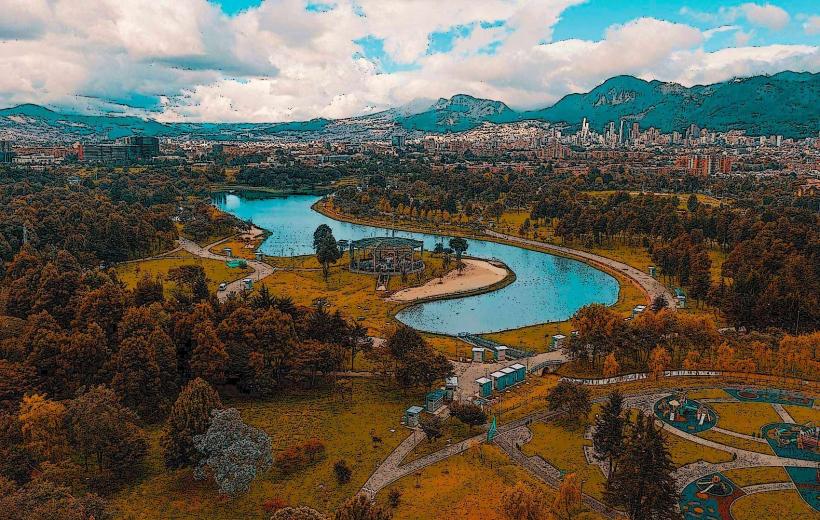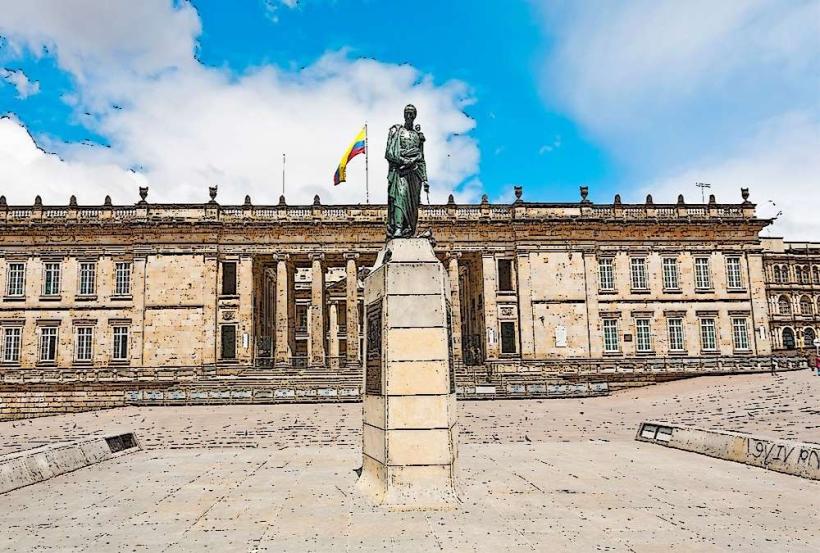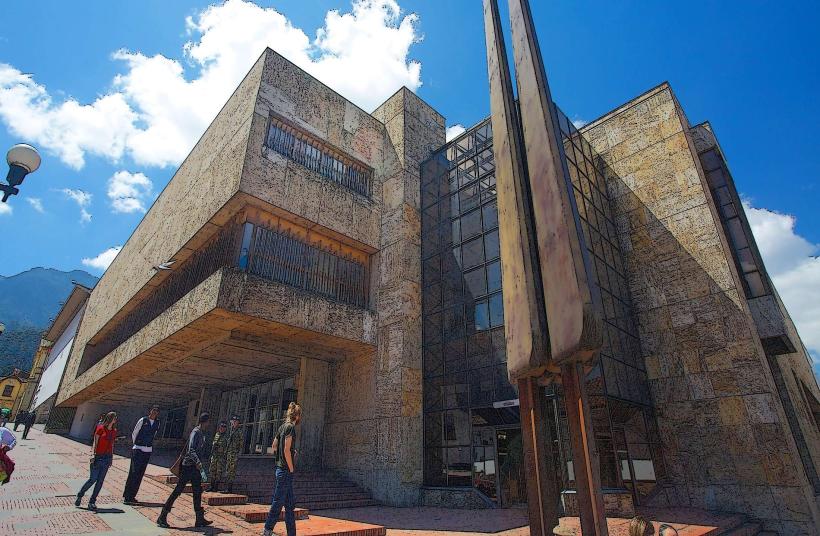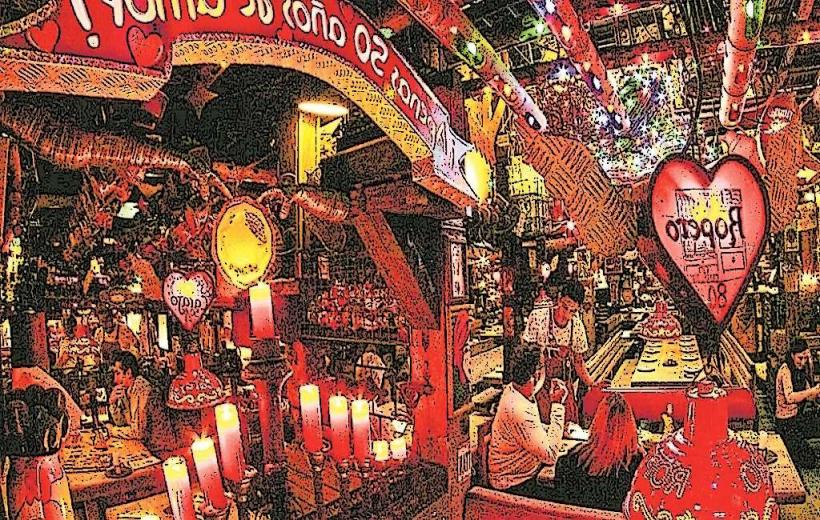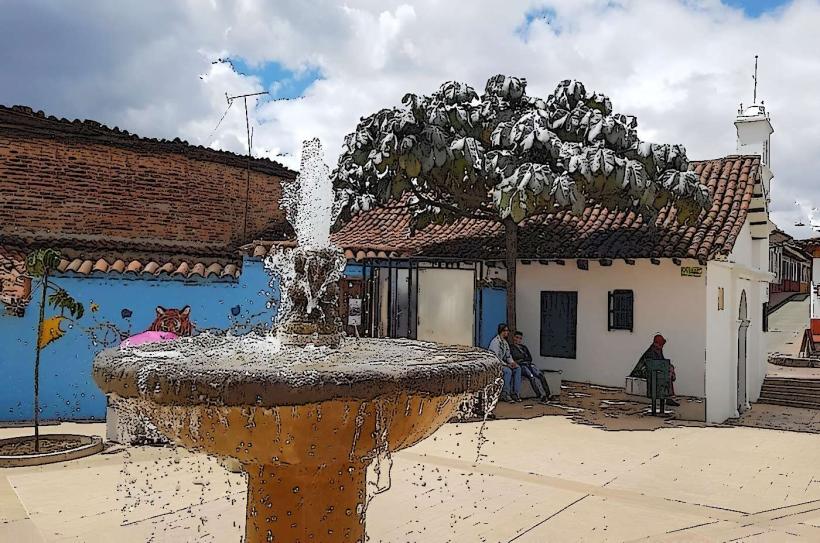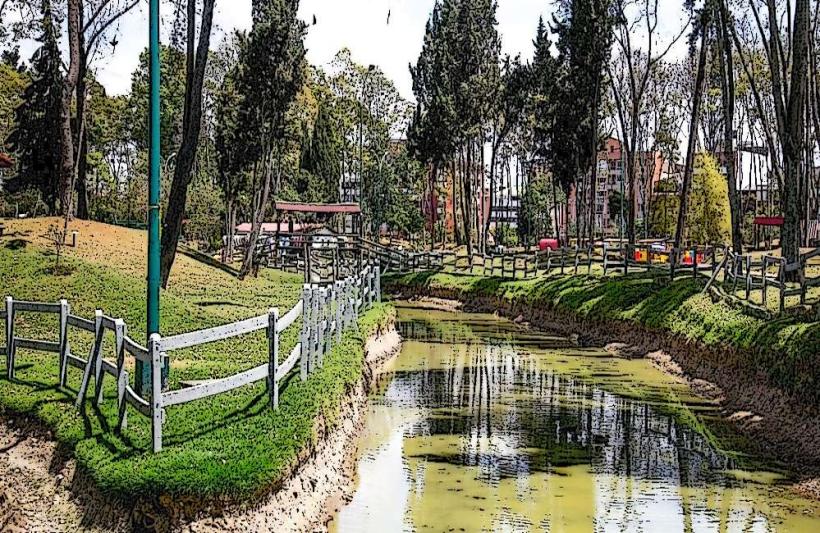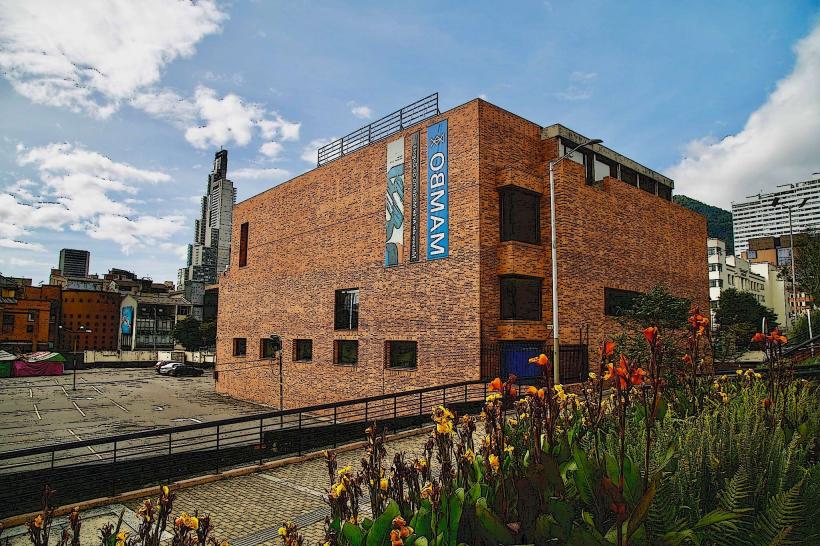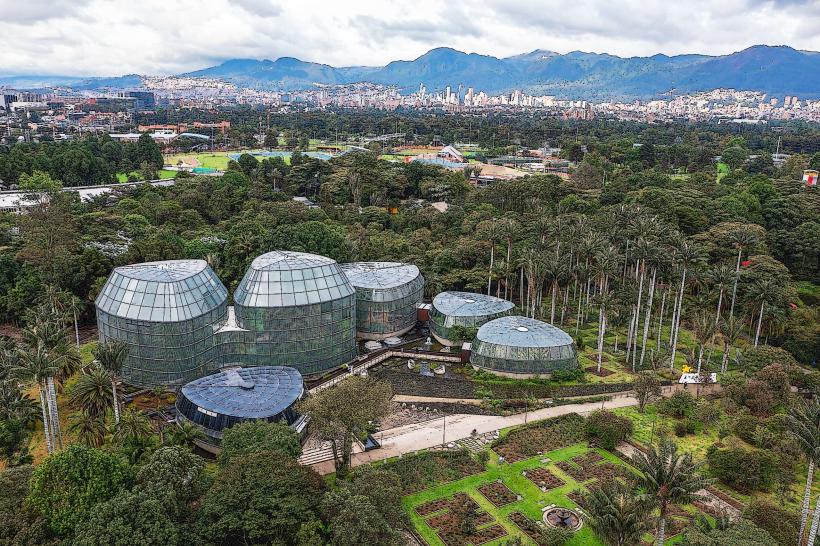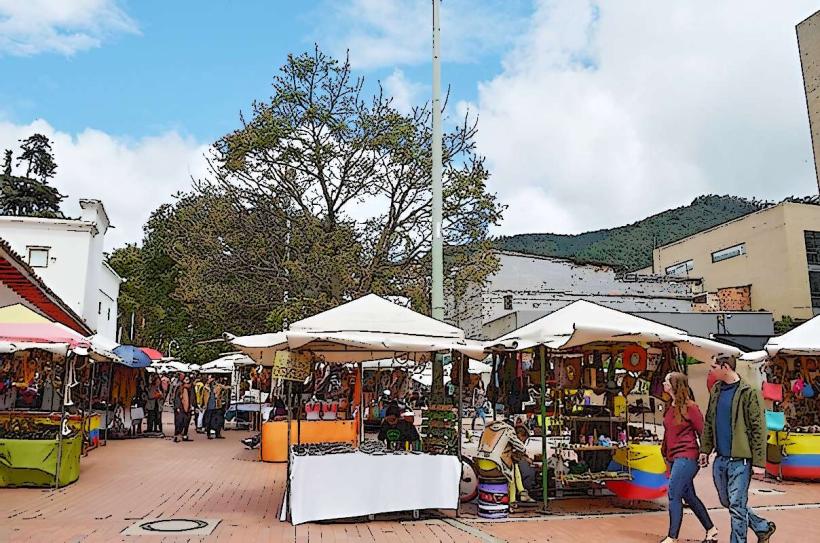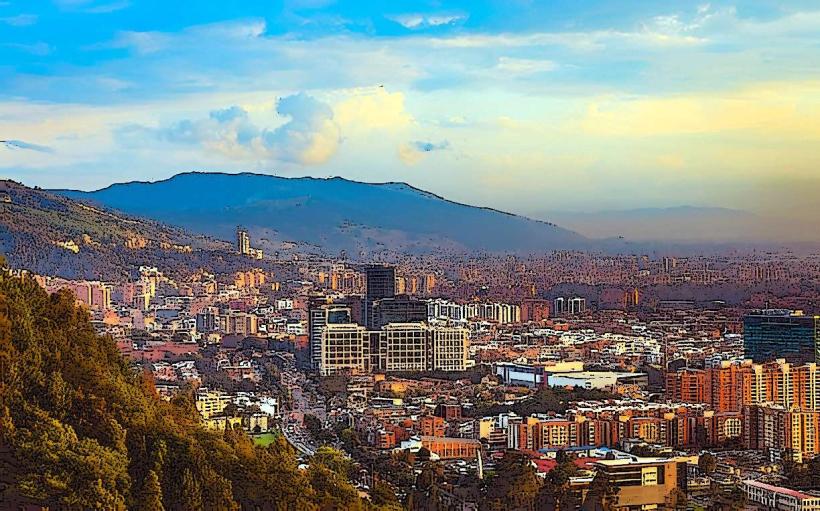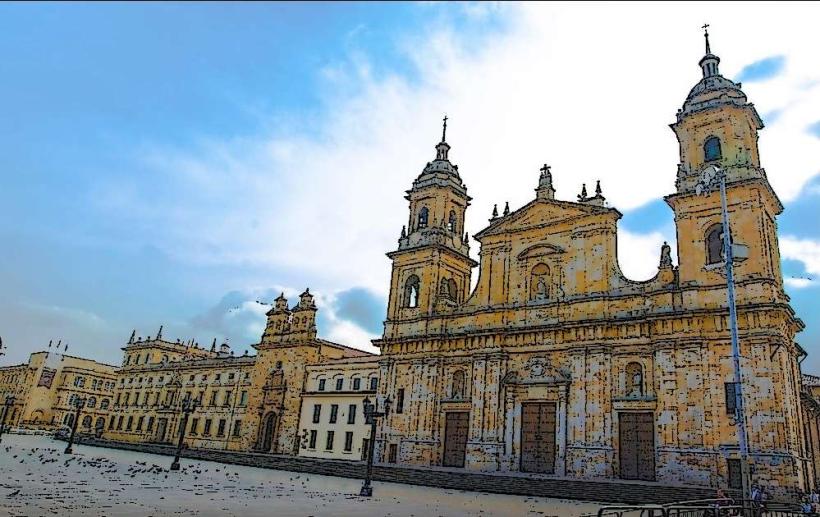Information
Landmark: Salt Cathedral of ZipaquiráCity: Bogota
Country: Colombia
Continent: South America
Salt Cathedral of Zipaquirá, Bogota, Colombia, South America
Overview
The Salt Cathedral of Zipaquirá (Catedral de Sal de Zipaquirá) stands as one of Colombia’s most famous landmarks, attracting travelers from around the globe with its breathtaking carved salt walls, remarkable underground setting, and deep spiritual meaning, also in the town of Zipaquirá, about 50 kilometers (31 miles) north of Bogotá, an underground cathedral lies hidden in the cool, dim tunnels of a salt mine-a striking blend of faith, culture, and industry.The Salt Cathedral of Zipaquirá stands in a region thick with salt deposits, where indigenous people were carving the mineral from the earth long before the Spanish arrived, while the salt cathedral we recognize today took shape in the 1950s, when miners chipped out the first chapel deep in the mine to give thanks for making it safely through their shifts underground.Finished in 1995 after years of renovations and bold expansions, the cathedral now stands among the world’s most innovative places of worship, its glass spire catching the morning sun, therefore visitors step into the Salt Cathedral by winding down through dim, echoing tunnels, where the salt walls catch the light and shimmer like frosted glass.As you head deeper into the mine, jagged walls of salt rise around you, their icy-white stalactites and stalagmites shaped slowly by centuries, making the locale feel like another world, meanwhile inside the Salt Cathedral, the Stations of the Cross unfold in 14 carved scenes, each capturing a moment from the final hours before Jesus’s crucifixion.The stations are cut straight from the salt rock, their pale walls cool to the touch, and they’re set at intervals along the tunnels that lead to the main cathedral, in turn soft light spills across the sculptures, bringing out every curve and shadow, and the whole space seems to hum with quiet wonder.The main chamber of the Salt Cathedral is a vast, breathtaking church carved deep into gleaming walls of salt rock, consequently inside the cathedral, a gleaming salt-rock altar catches the light, flanked by a carved pulpit and tall, pale columns, with intricate sculptures and designs weaving together faith, nature, and the skill of human hands.Dramatic light spills across the walls, catching the salt formations so they gleam like frost and filling the space with an otherworldly glow, and the cathedral’s claim to fame is its striking salt dome, a pale, shimmering curve you can spot from several points inside the vast main hall, roughly The dome’s very existence shows the kind of daring design it took to build something so extraordinary beneath the earth, with stone arches curving overhead in perfect symmetry, not only that another highlight of the Salt Cathedral is the Chapel of the Holy Sacrament, a tiny, softly lit sanctuary where visitors can pause for quiet worship and reflection.In the chapel, a petite altar stands at the center, and the space feels like a quiet sanctuary tucked deep inside the sprawling underground cathedral, at the same time inside the Salt Cathedral, the Crystal Wall stands out-a stretch of rock studded with thick, gleaming salt crystals that catch the light like shards of glass.Visitors can stand just inches from the wall, tracing the jagged edges of raw salt formations and catching a glimpse of the salt mine’s rugged beauty, moreover before stepping into the cathedral, visitors can wander through the Visitor’s Center, where displays trace the salt mines’ history, reveal the region’s layered geology, and share the cathedral’s cultural story-right down to the scent of mineral-rich stone in the air.Start at the center, where you’ll get a clear, engaging overview of the site-maps on the wall, photos under glass-and a solid introduction to Zipaquirá’s long history of salt mining, along with the Salt Cathedral of Zipaquirá isn’t only an architectural wonder-it’s a site where many visitors pause to pray in the cool, dim glow of its underground chambers.For the local community, it’s a symbol of faith, and for Catholics, it’s a site they trek miles to visit, sometimes kneeling on the cool stone steps in prayer, on top of that the cathedral holds regular services, including Mass, and throughout the year it comes alive with spiritual gatherings and cultural events, from solemn candlelit vigils to lively music performances.The cathedral stands as a testament to Colombian ingenuity, blending the grit of its mining past with the solemn beauty of its religious traditions, what’s more it’s a rare mix of industrial progress, art, and spirituality, all in balance-like steel beams rising beside hand-carved stone-making it one of the country’s most remarkable landmarks.The Salt Cathedral sits in Zipaquirá, a picturesque town in Colombia’s Cundinamarca Department, where cobblestone streets echo under your steps, as a result you can reach it in about an hour from Bogotá by bus, car, or even with a tour group; the ride winds past green hills and compact roadside fruit stands.The Salt Cathedral welcomes visitors every day, usually from 9:00 a.m, as well as to 5:00 p.m, though hours can shift during religious holidays or special events when the bells might ring longer than usual.You’ll need to pay an entrance fee to visit the Salt Cathedral, and that ticket covers the echoing tunnels, the quiet chapels, and the awe-inspiring main cathedral, equally important the fee changes with the kind of visit you choose and whether you’re joining a guided tour, like one where the guide points out carvings in the antique stone walls.In a way, Guided tours are offered in both Spanish and English, so you can follow along whether you’re hearing rapid Spanish or clear, steady English, on top of that on these tours, guides share vivid stories about the cathedral’s history, point out its intricate stonework, and explain its deep religious meaning, more or less To be honest, If you’d rather explore on your own, you can grab an audio guide-just plug in your headphones and wander at your own pace, consequently accessibility: The cathedral was built with visitors who have mobility challenges in mind, offering smooth ramps and wheelchair access to several key areas.Still, because much of it lies underground, certain areas can be tricky for visitors with limited mobility-narrow steps and low ceilings don’t make it any easier, what’s more the Salt Cathedral of Zipaquirá isn’t just a stop on a tour-it’s a living monument that showcases Colombia’s creativity and centuries-antique faith, echoing with the quiet drip of water deep underground.It weaves art, architecture, history, and faith into one experience, like colors blending on an classical stone wall, something few other landmarks ever achieve, meanwhile it’s also a valuable setting to learn, offering visitors a rare glimpse into Colombia’s mining heritage-where the glint of salt once fueled the nation’s growth.From what I can see, The cathedral has become a point of pride for Zipaquirá, attracting thousands of visitors from across Colombia and abroad each year, filling the plaza with chatter and boosting the town’s tourism and economy, as well as in the end, the Salt Cathedral of Zipaquirá stands out as one of Colombia’s most remarkable sights, its vast chambers glowing softly under the light carved into the rock.Deep inside a working salt mine, the cathedral rises like a hidden jewel-part feat of engineering, part sacred space, and a living emblem of the nation’s faith and heritage, meanwhile you might wander its hushed chapels, wander beneath glistening salt-carved arches, or pause to take in the dramatic art and stonework-either way, the Salt Cathedral leaves a rich and lasting impression on every visitor.
Author: Tourist Landmarks
Date: 2025-09-19

